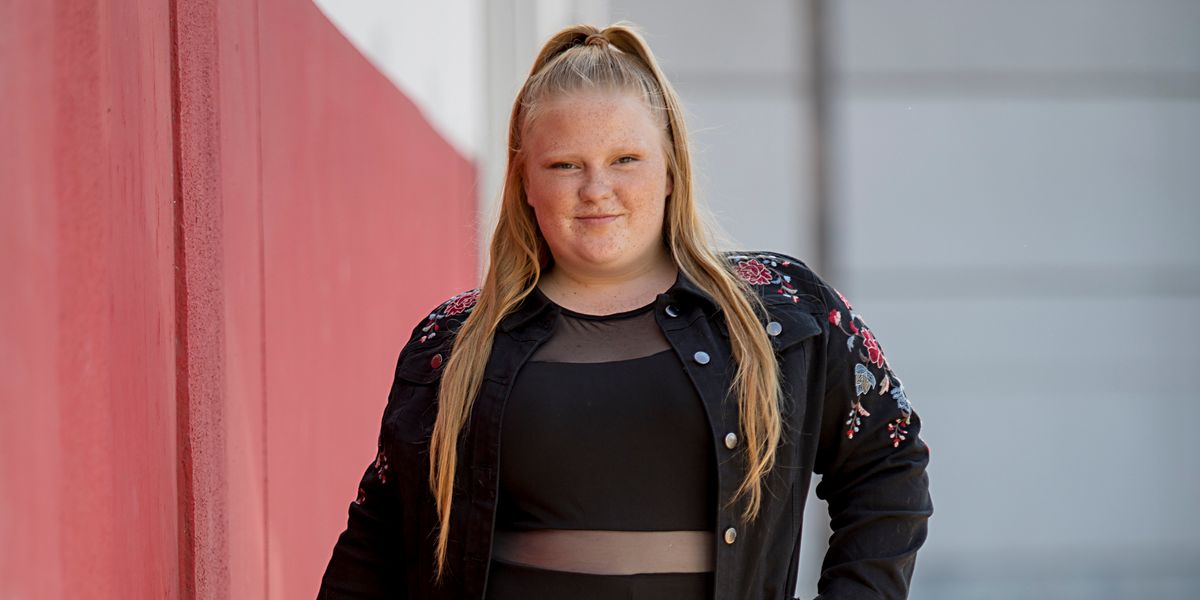"If We Want Our Industry to Welcome All Body Types, We Need to Reevaluate How We Interact Dancer-to-Dancer."
Hip-hop dancer Amanda LaCount reflects on the biases she’s encountered as a plus-size artist—and how dancers can be more supportive of one another. Inclusion starts in the studio, says LaCount.
How you treat other dancers matters.
Plus-size dancers still face biases when it comes to booking gigs, but, says LaCount, demeaning comments from fellow dancers can do the most damage. When growing up at a competition studio, LaCount says, “I was getting bullied on a daily basis by people who were supposed to be my friends and teammates. The only reason I ever questioned the way I looked was because of other people.” She acknowledges that the field is already so competitive, so these comments often come from a place of other dancers’ own insecurities. If we want our industry to welcome all body types, we need to reevaluate how we interact dancer-to-dancer.
Make auditions more approachable.
Full-figured dancers may be nervous about attending open calls because they don’t want to be labeled by their body type. “So many are scared to audition for amazing opportunities for plus-size dancers because they don’t want to be put in that box,” she says. While it can be difficult for dancers to embrace their size in an industry that favors thin, the more plus-size dancers put themselves out there, the more opportunities they’ll have in the industry.
Embrace your shape.
To those who are feeling insecure about their figure, LaCount says: “Thank goodness you don’t look like anyone else.” It can be hard not to compare yourself to other dancers, but it’s an essential step in generating confidence. “Just because you’re different doesn’t mean you’re wrong,” she says, reminding dancers that their ability to move an audience is what’s most important. “If I have a body that can dance,” LaCount says, “I’m going to dance.”




